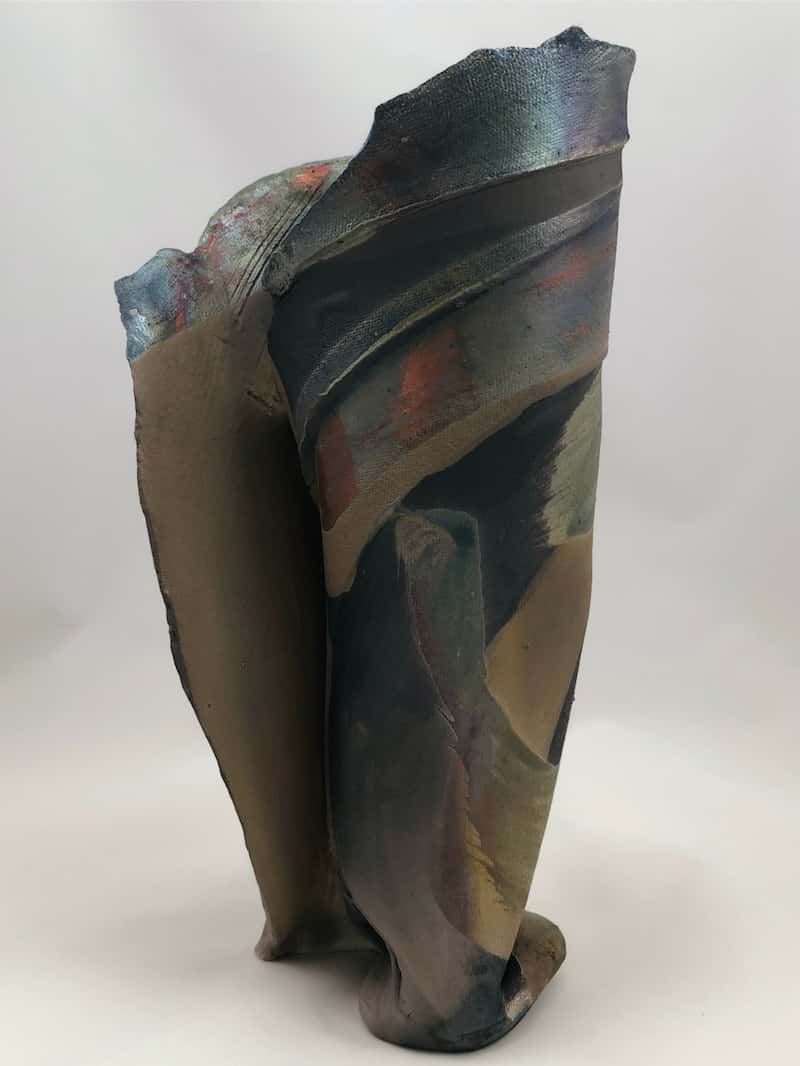My biggest influence in Raku pottery comes out of Japan – where the name and the aesthetic originated. I was taught by Paul Solder at the Anderson Ranch in its formative years. My personal philosophy is that Raku pottery, in a way, is a martial art. It requires practice, practice, practice. When you have honed your skills with the forms, glazes, and firing techniques, you can in special moments, put your discipline in the back. Then you move freely in the moment, knowing clearly what you hope to create. At this point, you have more success than failure, and your work begins to be something truly unique.
There is a wonderful, experimental aspect to Raku in America. It has given rise to many very colorful, unique and amazing pieces of pottery. The work shown here, comes from a very specific vein of technique and philosophy.
Steven Forbes, Jim Romberg and I were all students of Paul Soldner, so you can see the influence in our work. Jean Biagini took this influence back to France and you can easily recognize it in potters that took his workshops.
I also worked with Jim Romberg as a student and as an assistant at his Sun Valley Center for the Arts in Ketchum, Idaho. I was very open to the influence with brush work, because of my interest in Japan. (I was a Boulder Valley Schools exchange student for six weeks at the end of high school)
Also, Paul’s wall pieces and low-fire salt work were a big influence on all of us.
Below is an article about Paul Soldner and bringing Raku methods and techniques to the U.S.
https://www.craftcouncil.org/post/paul-soldner-and-birth-american-raku
Paul Soldner – raku vase
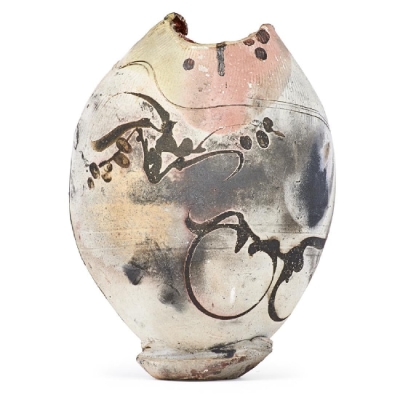
Paul Soldner – low fire salt


Jim Romberg – raku sculpture
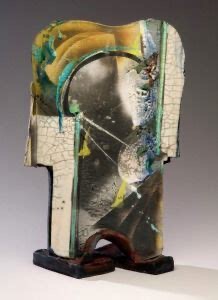
Jim Romberg – raku plate
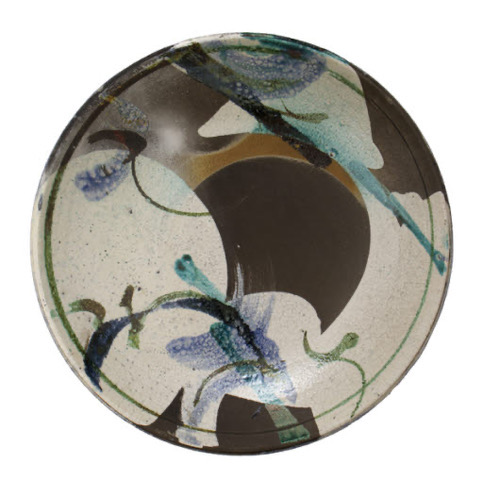
Steve Forbes – raku with air brushed mason stains and abraded glossy bubble glaze.
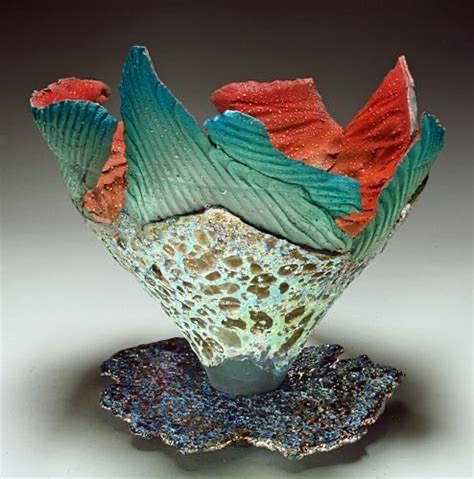
Steve Forbes – raku with air brushed mason stains and abraded glossy bubble glaze.
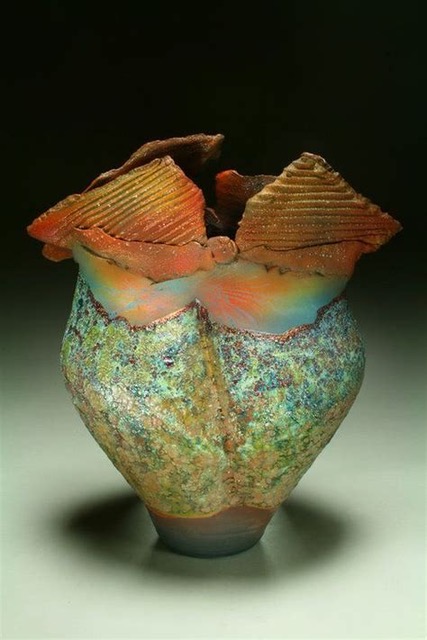
Ellen Nadeau – raku vase with dry slips, and copper wash
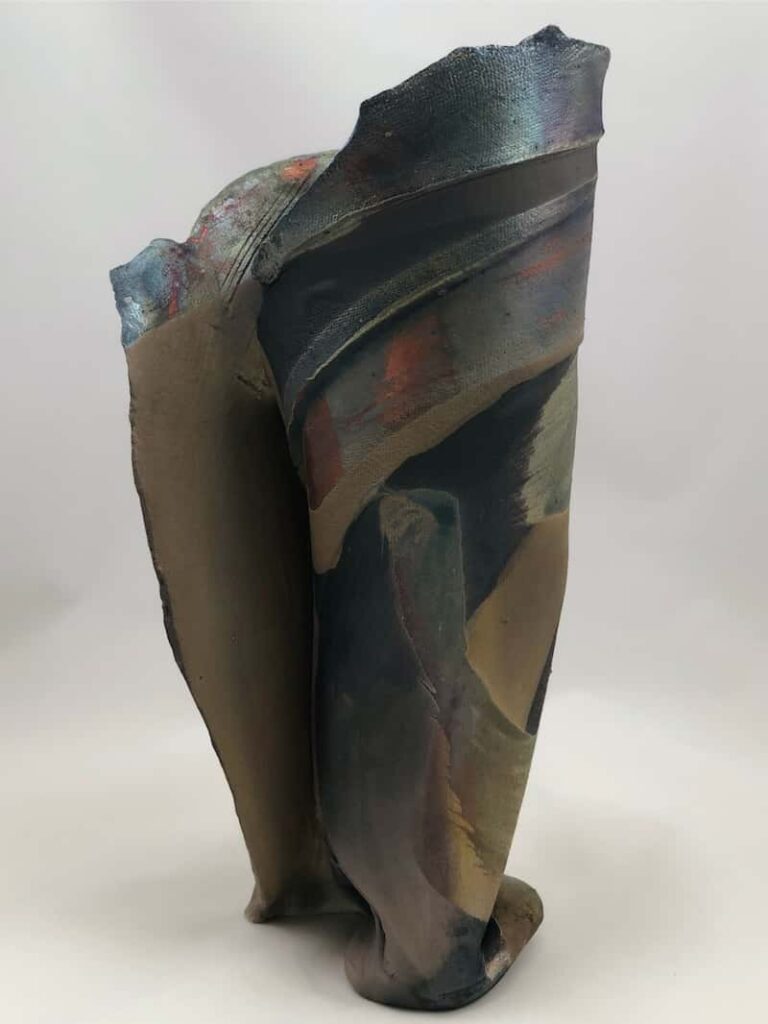
Ellen Nadeau — raku vase with dry slips and blue satin copper glaze on inside.
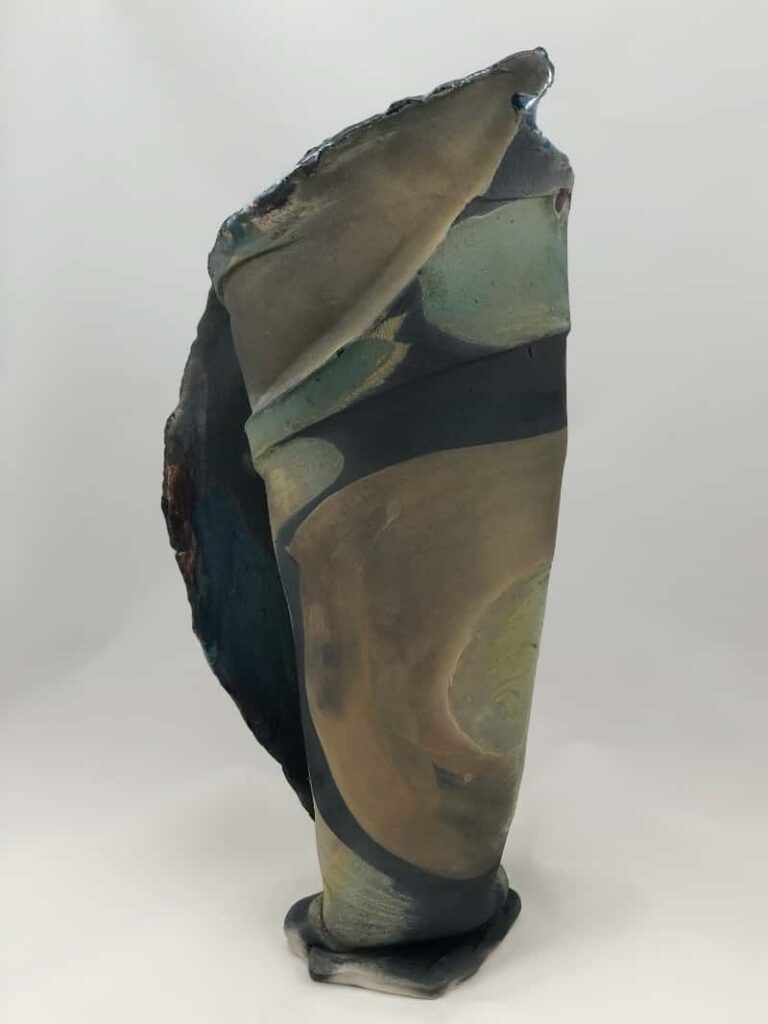
Two movies on Japanese Raku, Craft, ceramics:
Firing early Shino and Raku method: National Geographic from 1980 – a bit slow 😉 Move to 9 minutes to watch section on wood kiln and Shino glaze.
https://www.youtube.com/watch?v=KujoKBGuRsM
Here is a second older video that is also a bit slow, but some good points and perspectives.

